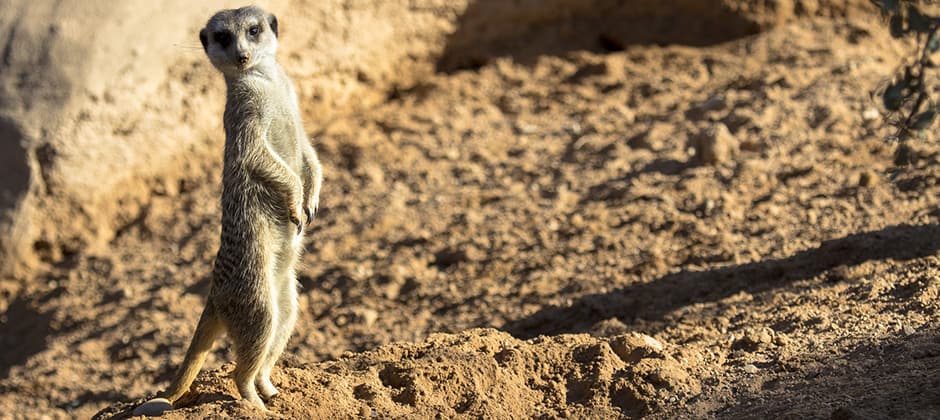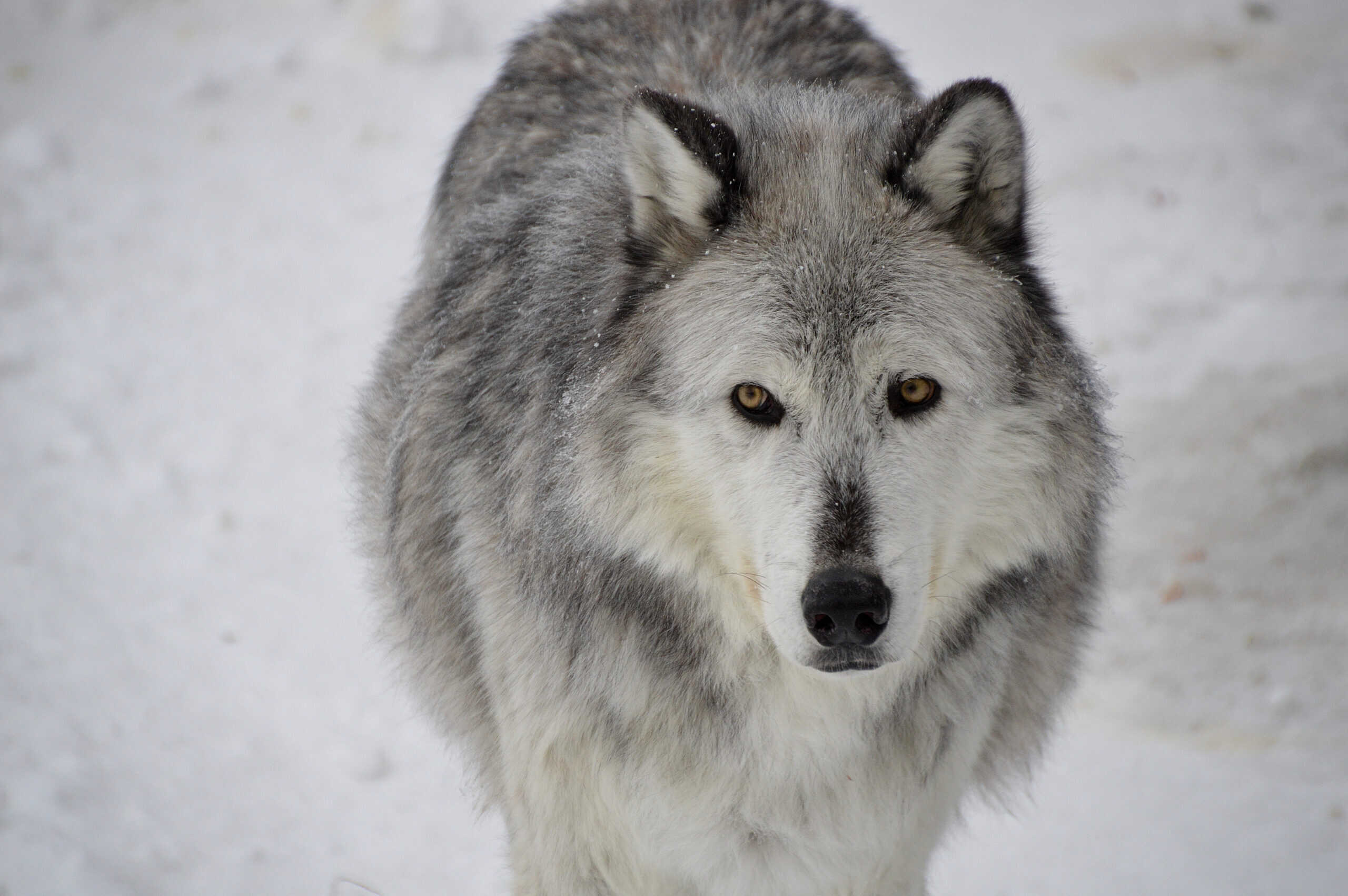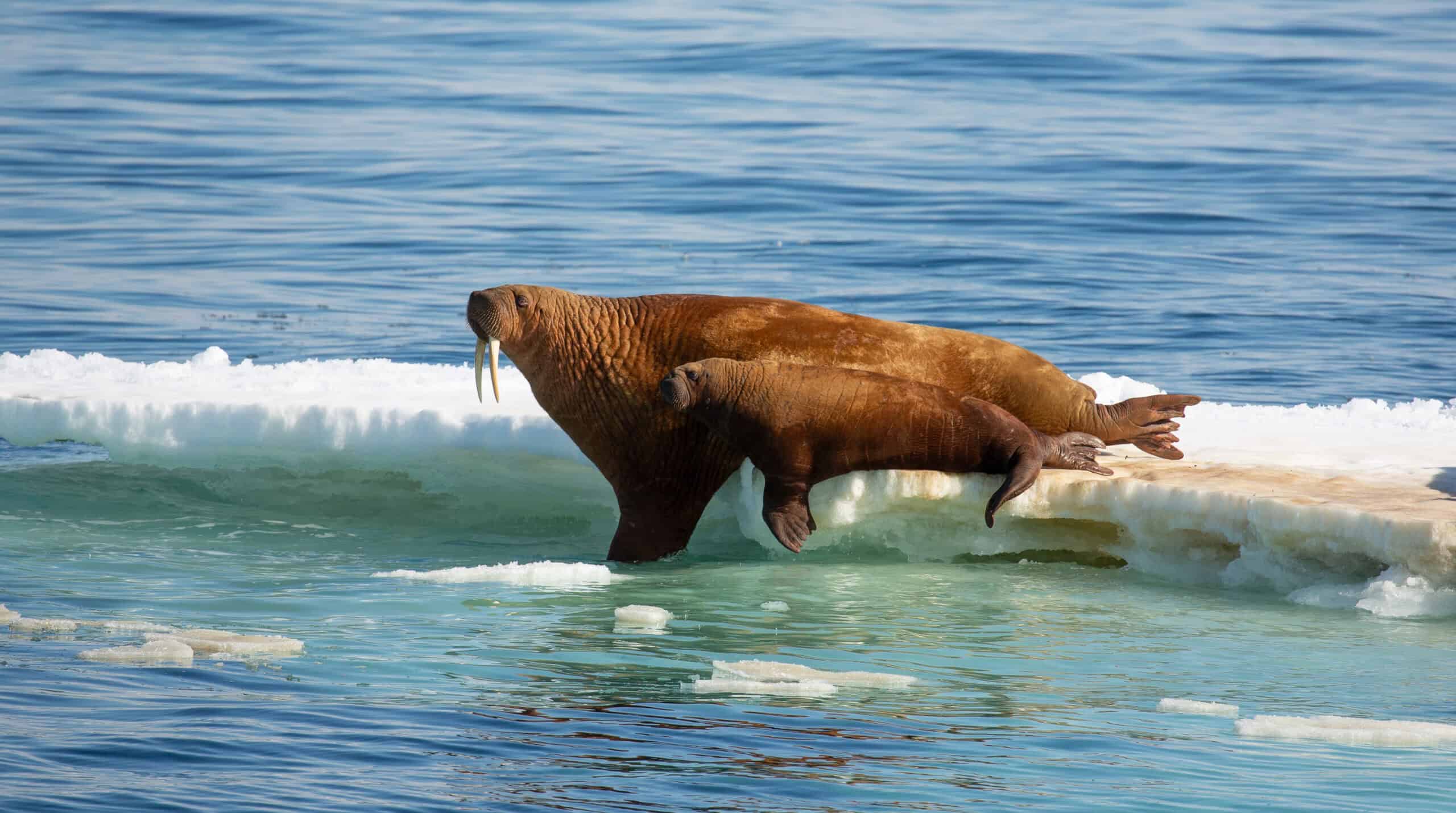Share this article
Beyond GPS, devices can capture what animals do in the wild
A new computer model designed to recognize wildlife activities can help biologists understand more about how animal behaviors change, a recent study found.
“The more we understand about animals, the better we can approach conservation questions that underlie our studies of animals,” said Pritish Chakravarty, a PhD student at Ecole Polytechnique Fédérale de Lausanne and lead author of a study published in Methods in Ecology and Evolution.
Putting sensors on animals to determine their movements has been done for decades, but the information collected from GPS collars and other devices only showed how far animals traveled and where they went.
Chakravarty and his colleagues wanted to look into more recent technology —accelerometers. Accelerometers are the devices that allow smart phone screens to turn on when users raise them. Chakravarty believed that, affixed to animals, the same devices could tell biologists when they are upright, lying down, running, walking or engaging in the sort of erratic movements they use when foraging. As the devices became smaller, he realized, they could be fit onto more and more species.
“The 90s and 2000s made it clear that accelerometers had the potential to tell us what animals do, not just where they go, so we wanted to develop a framework to make the uptake of this technology as wide as possible,” he said.
He and his colleagues set out to combine accelerometers and machine learning with biomechanical principles to create a system that would be “intuitive and robust” for biologists, Chakravarty said.
They developed behavior recognition algorithms to determine if animals were static or dynamic and what type of movement they were likely exhibiting. They tested their model on 10 meerkats (Suricata suricatta) at the Kalahari Research Center in South Africa. The researchers collared the meerkats with accelerometers, filmed them and recorded data on their behavior for three hours per individual.
Comparing visual observations to their computer model, they found the model accurately captured the meerkats’ behavior as they foraged, sat upright on guard and ran.
Chakravarty hopes this model can be used across species to study how animal behavior may change over time and help managers make decisions on human activities in areas where wildlife might be affected.
“It’s especially critical for endangered species,” he said. “It could help us define protected areas.”
Header Image: Researchers used accelerometers to capture meerkat movement. ©Rafa Castillo








